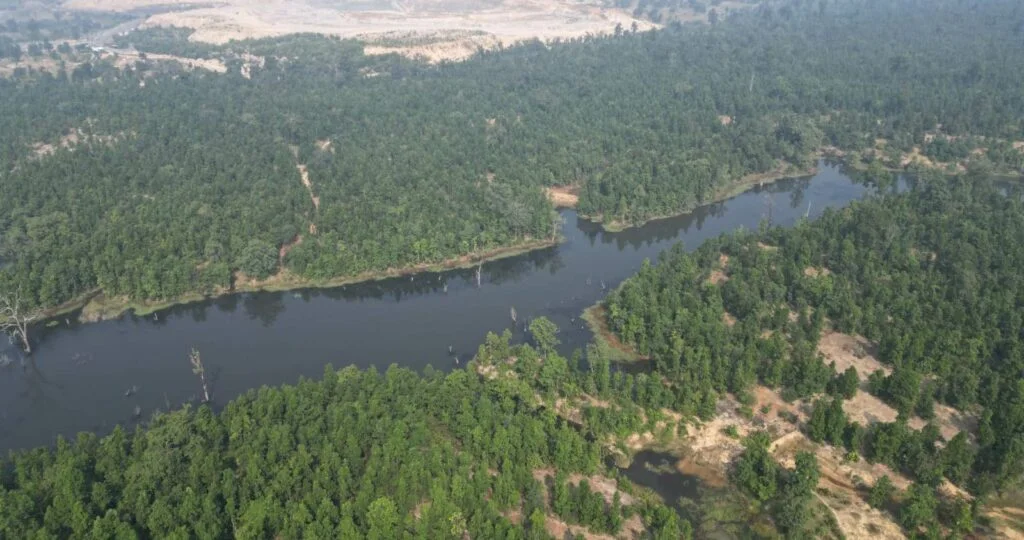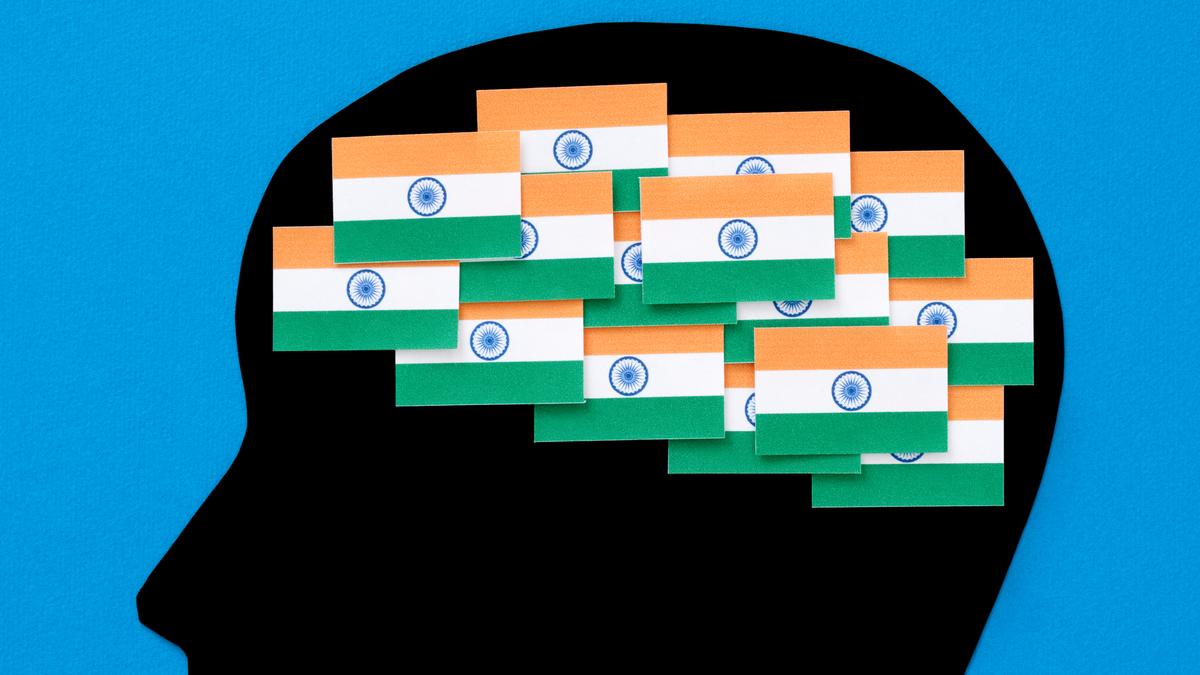- Courses
- GS Full Course 1 Year
- GS Full Course 2 Year
- GS Full Course 3 Year
- GS Full Course Till Selection
- Answer Alpha: Mains 2025 Mentorship
- MEP (Mains Enrichment Programme) Data, Facts
- Essay Target – 150+ Marks
- Online Program
- GS Recorded Course
- Polity
- Geography
- Economy
- Ancient, Medieval and Art & Culture AMAC
- Modern India, Post Independence & World History
- Environment
- Governance
- Science & Technology
- International Relations and Internal Security
- Disaster Management
- Ethics
- NCERT Current Affairs
- Indian Society and Social Issue
- NCERT- Science and Technology
- NCERT - Geography
- NCERT - Ancient History
- NCERT- World History
- NCERT Modern History
- CSAT
- 5 LAYERED ARJUNA Mentorship
- Public Administration Optional
- ABOUT US
- OUR TOPPERS
- TEST SERIES
- FREE STUDY MATERIAL
- VIDEOS
- CONTACT US
First state to launch Green GDP: Chhattisgarh
First state to launch Green GDP: Chhattisgarh

- Chhattisgarh recently became the first state in India to launch a initiative that connects the ecosystem services of forests to the Green Gross Domestic Product (Green GDP).
- This innovative approach integrates environmental health and ecosystem services with economic performance.
Understanding Traditional GDP vs Green GDP
- Traditional GDP:
- Definition: It measures the annual value of goods and services produced within a country. Widely used since 1944, it focuses solely on economic output.
- Limitation: Traditional GDP overlooks environmental health, social well-being, and sustainability. It does not account for the long-term effects of economic activities on the environment.
- Green GDP:
- Definition: Green GDP is a modified version of traditional GDP that incorporates environmental costs into economic output, such as resource depletion, pollution, and environmental degradation.
- Objective: Green GDP offers a more accurate representation of a nation’s economic performance by factoring in the environmental impact of economic activities.
Need for Green GDP
- Limitation of Traditional GDP: Traditional GDP neglects sustainability and the environmental costs associated with economic activities.
- Benefits of Green GDP:
- Ensures that economic growth aligns with sustainability.
- Reflects environmental and resource costs that are ignored in traditional GDP.
- Encourages responsible consumption, biodiversity conservation, and sustainable development.
|
Formula:
|
Green GDP and Sustainable Development
Green GDP supports the achievement of multiple Sustainable Development Goals (SDGs) by promoting a more sustainable and responsible approach to economic growth:
- Sustainable Resource Use (SDG 12): Green GDP promotes responsible consumption and production, ensuring long-term resource availability.
- Climate Change Mitigation (SDG 13): Reduces fossil fuel dependence, supports renewable energy adoption, and mitigates climate change.
- Biodiversity Conservation (SDGs 14 & 15): Encourages environmental preservation and the safeguarding of ecosystems.
- Green Investments (SDG 8): Fosters green industries and jobs, contributing to inclusive and sustainable economic growth.
|
Note:- Uttarakhand first state to launch the Gross Environment Product (GEP) Index
|
Challenges in Green GDP Framework
Despite its promise, several challenges hinder the effective implementation of Green GDP:
- Forest Cover Definition: Forest cover includes land with a tree canopy density of more than 10% and covers areas like orchards and bamboo plantations. The lack of standardized definitions can lead to inconsistencies in measurement.
- Methodological Differences: No universally accepted method exists for calculating Green GDP, making cross-country comparisons difficult. Variations in local conditions, priorities, and available data create discrepancies in Green GDP assessments.
- Local Body Integration Challenges:
- Lack of awareness and literacy on Green GDP concepts among grassroots leaders.
- Limited technical expertise and resource constraints at the local level impede accurate data collection and environmental monitoring.
- Data Collection Challenges: Inconsistent environmental data collection at the local level leads to gaps in information, reducing the reliability of Green GDP calculations.
- Unclear Financial Benefits: The direct financial benefits of Green GDP, especially for communities such as tribes and forest dwellers, are unclear. These communities play a crucial role in forest preservation, and it is vital that they benefit from these initiatives.
|
Global Practices in Green Gross Domestic Product (GDP) Countries around the world are exploring methods to integrate environmental considerations into their economic systems:
|
Way Forward: Enhancing Green GDP Implementation
To fully realize the potential of Green GDP, several measures need to be undertaken:
- Establishing a Standardized Framework: Develop a unified framework and methodology for measuring and valuing environmental costs and benefits, based on scientific and economic best practices.
- Enhancing Data Collection and Quality: Improve the accuracy, consistency, and availability of environmental indicators, such as emissions, resource use, and ecosystem services. Harmonize data across countries to enable global benchmarking.
- Raising Awareness and Advocacy: Promote the understanding of Green GDP among policymakers, businesses, and the public. Conduct educational campaigns and training programs to increase awareness about its importance.
- Encouraging Stakeholder Collaboration: Facilitate the participation of governments, international organizations, civil society, and the private sector in Green GDP policymaking and implementation. Strengthen public-private partnerships (PPPs) to fund and support Green GDP initiatives.
- Managing Trade-offs and Policy Conflicts: Develop policies that balance economic growth with environmental sustainability, ensuring equity and justice. Compensation mechanisms and incentives can help industries and communities transition to a green economy.
|
Also Read |
|
| FREE NIOS Books | |




